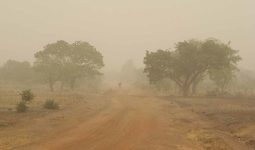Every tribe and nation has its way of representing its culture through clothing. Each style is unique, beautiful, and a good representation.
However, in every culture and tribe, there are modern and traditional clothing. This article will look into the traditional Indian clothing you should know about.
In India, they choose or determine clothing based on each region’s ethnicity, geography, and cultural traditions.
However, male and female clothing has evolved from simple body-covering clothes.
These Indian clothes are the kaupina, langota, achkan, lungi, Sari, gamcha, loincloths, and extravagant costumes worn on special occasions and dance performances.
Western dress is typical and uniformly worn by people of all social levels in urban regions.
Read on to learn more about traditional Indian clothing.
1. Sari
A sari is a popular traditional Indian clothing.
It is a garment from the Indian subcontinent that comprises an unstitched drape ranging in length from 4.5 to 9 meters and width from 600 to 1,200 millimeters.
The Indian woman wraps it around the waist and throws it over one shoulder, partially baring the midriff.
However, the Sari is famous in India, Pakistan, Bangladesh, Sri Lanka, and Nepal. It is also among the most popular dressings in Indian fashion.
The most frequent form of saree manufacturing and draping is the Nivi style. Also, the women wear the Sari with a choli, or fitted bodice, and a ghagra, parkar, ul-pavadai, or petticoat.
The Sari is a cultural image in the modern Indian subcontinent. You can wear this Indian dress in almost 80 different ways.
The most popular way is to wrap the Sari around the waist and model the loose end of the drape over the shoulder, opening the stomach.
Again, you can drape it in various ways, though some styles require a specific length or shape.
2. Shalwar Kameez
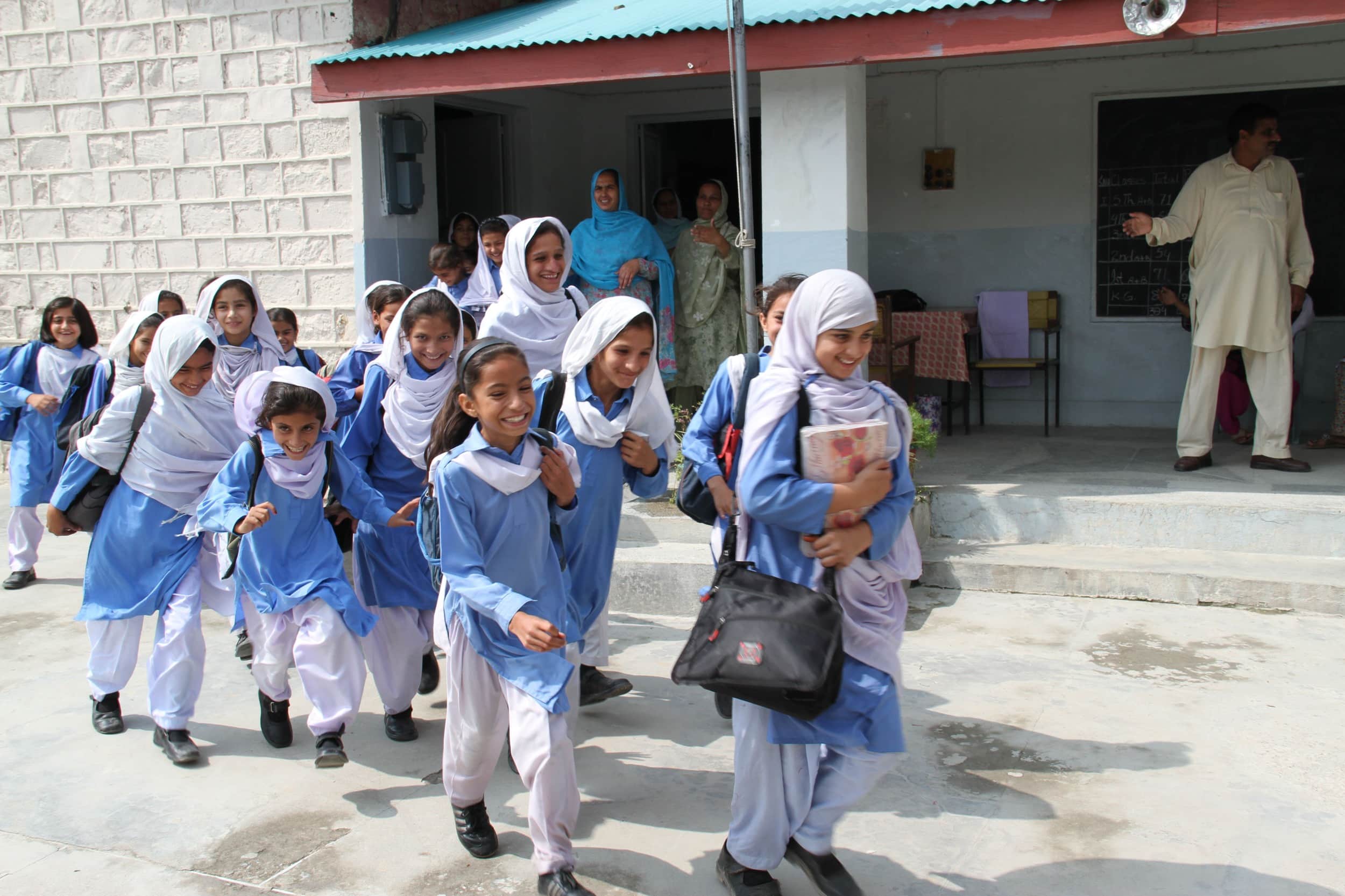
Shalwar Kameez is another popular traditional Indian clothing in Indian culture today.
The salwar kameez and the shalwar suit conventional South Asian and Central Asian women’s combination clothing.
Shalwars are atypically wide at the waist but narrow at the bottom to a cuffed hemline.
Pleated around the waist, people hold the traditional dress in place with a drawstring or elastic belt.
A pair of trousers can be broad and baggy or cut on the bias to be relatively narrow and fitted.
Moreover, they traditionally wear shalwars throughout Eastern Europe, West Asia, Central Asia, and South Asia, among other regions.
In Islam, the kameez is a long tunic or shirt.
Furthermore, the arrival of Muslim women in the north in the 13th century brought the shalwar and kameez dress to South Asia.
Thus making it a famous traditional Indian clothing item. Halwar kameez is Pakistani national clothing that is commonly worn.
Also, males in Afghanistan and women and some men in the Punjab region of India wear it a lot, and ladies in India and South Asia generally have adopted it.
3. Churidar
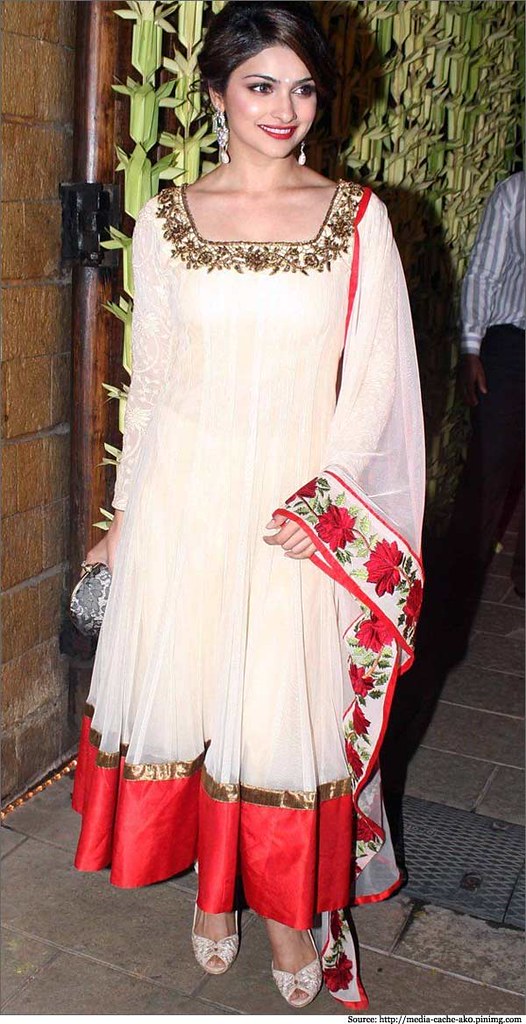
This traditional Indian clothing is tight-fitting trousers that South Asian men and women wear.
These pants are similar to the more commonly known shahroos (shalwar). Churidars constrict more quickly, revealing the leg’s features. However, their inherent stretch is due to them being cut on the bias.
Close-fitting pants require a certain amount of stretch. In addition, they are longer than the leg and may end with a buttoned ankle cuff.
Excess length folds into a bangle-like appearance at the ankle. The extra material makes it possible for the wearer to sit comfortably when they are sitting.
4. Lehenga Choli

There are several different spellings for the Indian ankle-length skirt we know as the lehenga (or lehnga).
This dress is a popular Indian ethnic wear. The lehenga consists of traditional embroidery in a variety of patterns and designs.
When it comes to festivals and weddings, gota Patti’s needlework typically comes into play. This particular traditional Indian dress is perfect for an Indian wedding.
However, when you wear the Lehenga Choli as part of a choli or Langa voni, the lehenga is worn as the lowest piece of the garment.
In addition to referring to Sari’s undergarment, they also used the Punjabi and Hindustani terms ghagra to describe the half-slip or petticoat.
5. Anarkali Suit
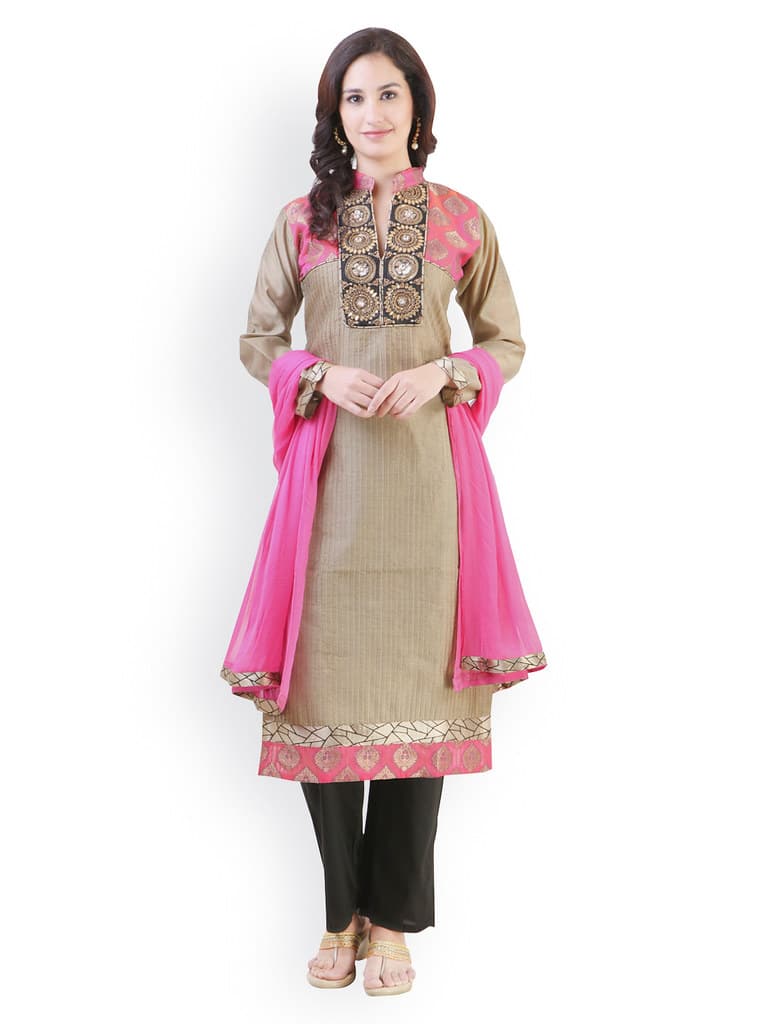
The Anarkali Suit is also a popular traditional Indian clothing. However, a long frock-style shirt and slim-fit bottom make up the Anarkali suit’s construction.
Women in Northern India, Pakistan, and the Middle East wear the Anarkali, a style they much seek.
Embroideries and lengths of the Anarkali suit vary, including floor-length variants. Many women may wear heavier embroidered Anarkali suits at weddings and other special occasions.
In addition to traditional festivals, casual lunches, anniversary celebrations, etc. Indian ladies wear Anarkali suits for other occasions. The Anarkali’s kameez can be sleeveless or have sleeves ranging from cap to wrist.
6. Dhoti
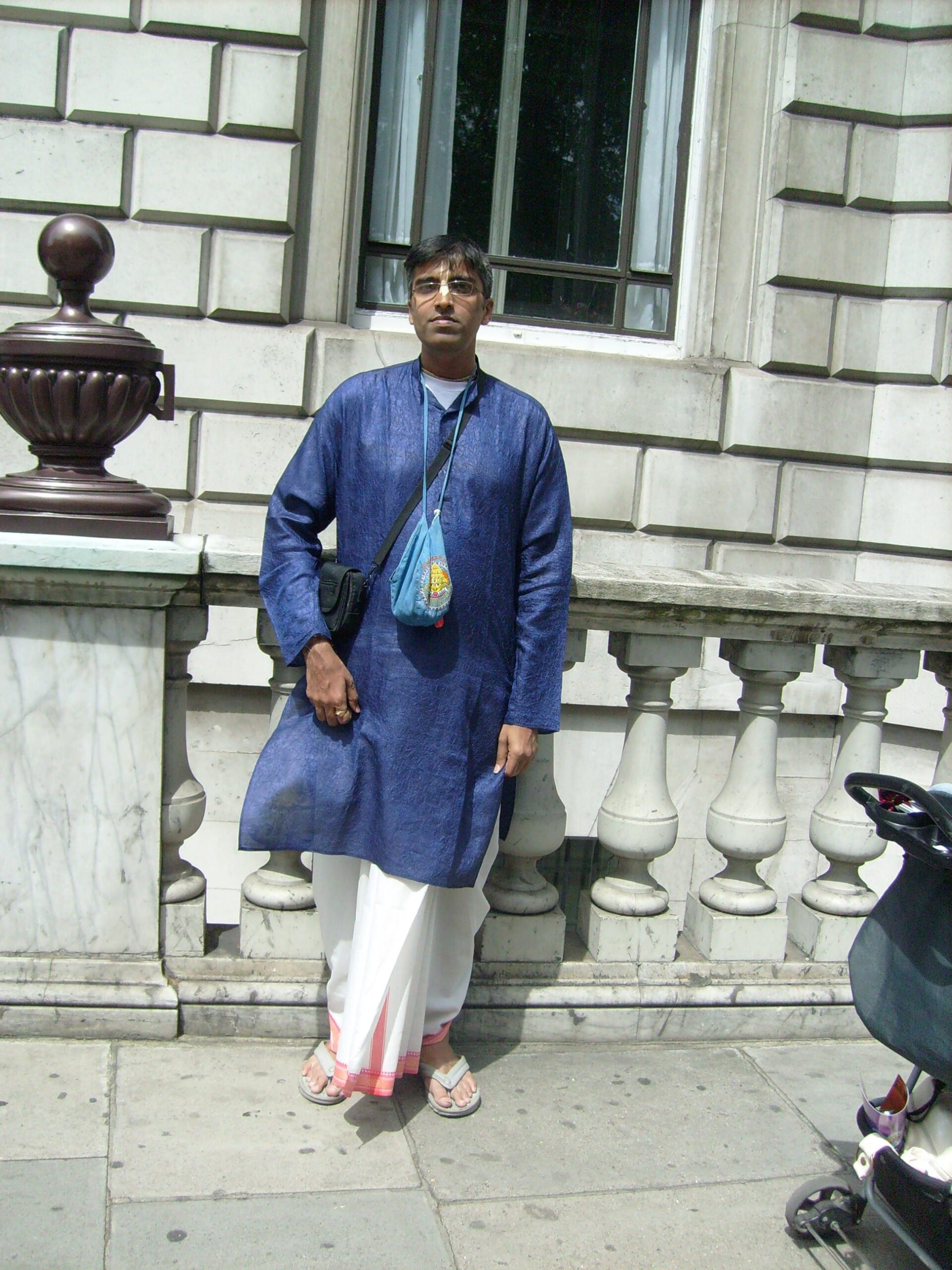
Men in India wear dhotis, one of the most common types of male traditional Indian clothing.
A dhoti is a white or colored cotton strip that is four to six feet long; the village males are the principal wearers of this traditional outfit.
They use a decorative or flat, plain belt around the waist to keep it in place. However, Dhotis have different names in different languages because of their popularity throughout India.
It is known as dhotar in Marathi. A chadra is the Punjabi name for it. Furthermore, they call it “Dhotiyu” in Gujarati and “Pancha” in Telugu; they are a type of plant. Even in Tamil, they call it Veshti and Panche/Lungi in Kannada.
7. Lungi
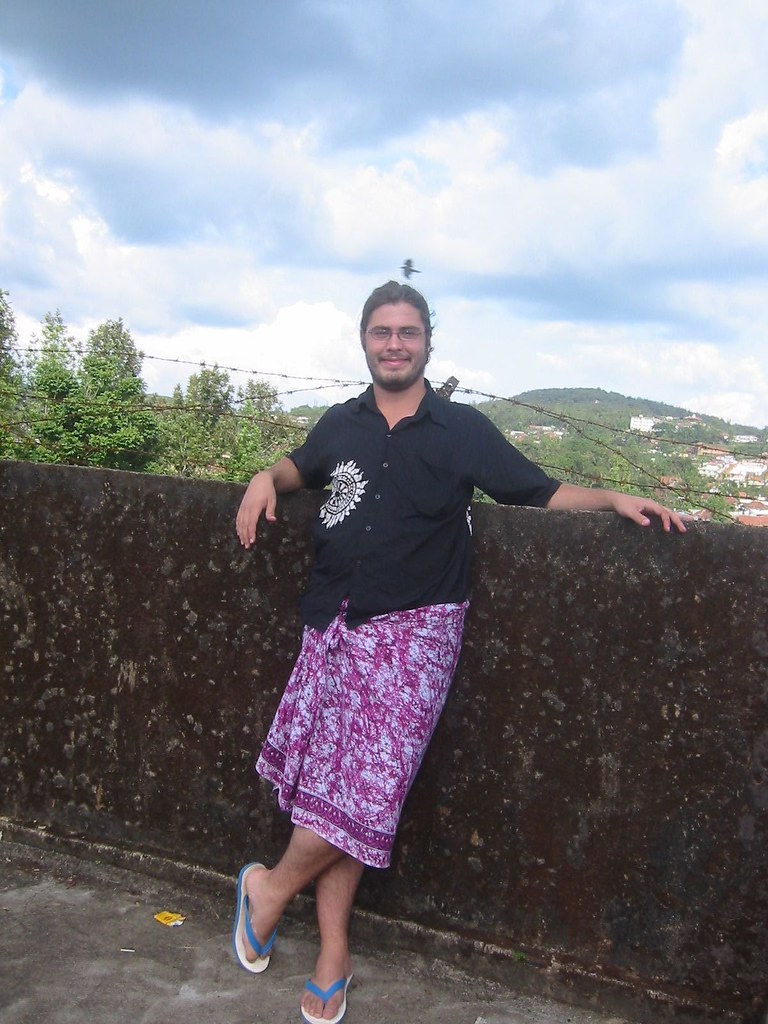
Sarong, or Lungi, is another traditional Indian garment. Except for leaving all white, it is also a Lungi.
Depending on its length, the wearer tucks it in or drapes it over the knees. On fields or workshops, they tuck it away, leaving it open as an expression of respect in places like churches or when the individual is with officials.
In general, lungis are of two types: open and stitched. To make the stitched lungi, both ends are stitched together to produce a tube-like construction.
8. Achkan
Achkan is a tiny jacket with exposed buttons down its length. As a rule of thumb, the jacket’s length is slightly below the knees.
There are similarities between the Achkan and the Sherwani, a considerably longer coat-jacket style clothing. The collar of the jacket is Nehru-styled.
Traditionally, people wore the Achkan with churidars and long, tight-fitting trousers. For both formal and informal situations, they created achkan from various textiles. Traditional Indian needlework, gotta, and badla decorate the achkan.
9. Angarkha

Anngarkha is also traditional Indian clothing that had to make it to this list. This cloth is for an Indian man who loves to wear traditional Indian men’s clothing. Its name comes from a Sanskrit word, Aṅgarakṣaka, which means protection of the body.
People wore it in many Indian subcontinents, but the fashions and lengths differed from one region to another.
On the Indian subcontinent, angarkha is a traditional top garment that overlaps and stays at either the left or right shoulder.
Ancient Indians used Angrakha as a wraparound court dress since it was easy to tie and knot throughout the many principalities.
10. Bandhgala
An Indian Jodhpuri or Bandhgala is formal evening wear. A native of Jodhpur, it became popular during the British Raj.
People also know it as a Jodhpuri Suit. Along with the Waistcoat, it combines the Western cut with Indian hand embroidery.
Also, it’s perfect for weddings and other formal occasions. You can make this cloth using silk or any other suitable material. Usually, the collar and buttons contain many embodiments.
Materials include plain, jacquard, and jamewari. Even the coat and trousers are equally paired.








